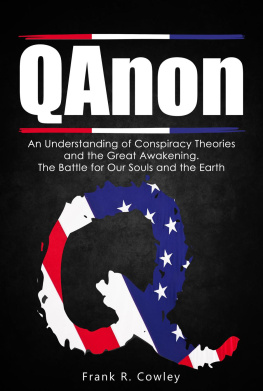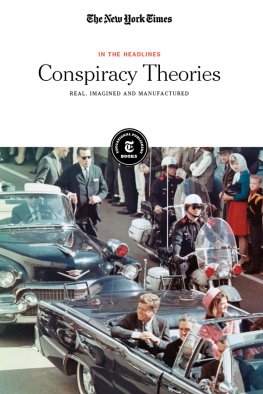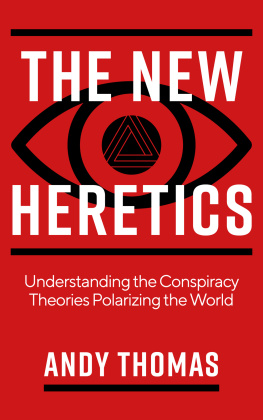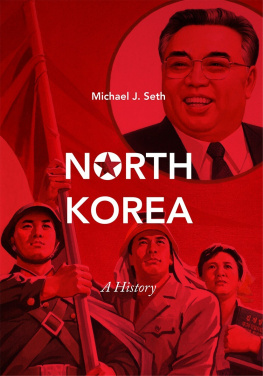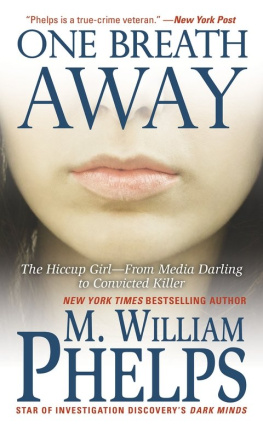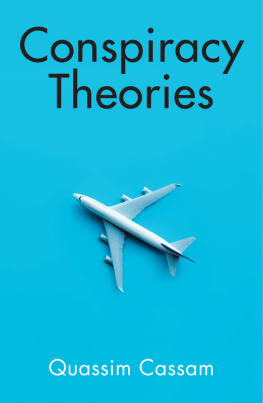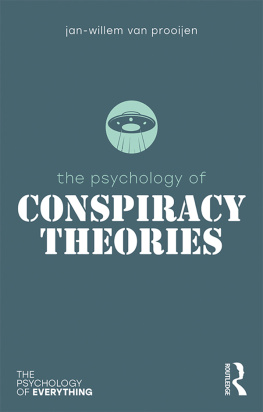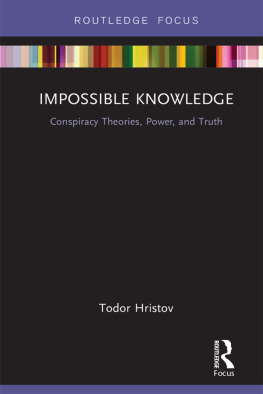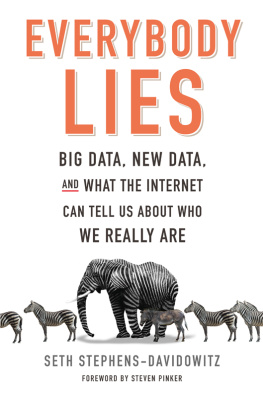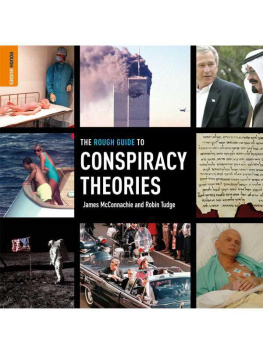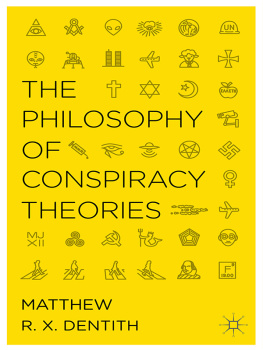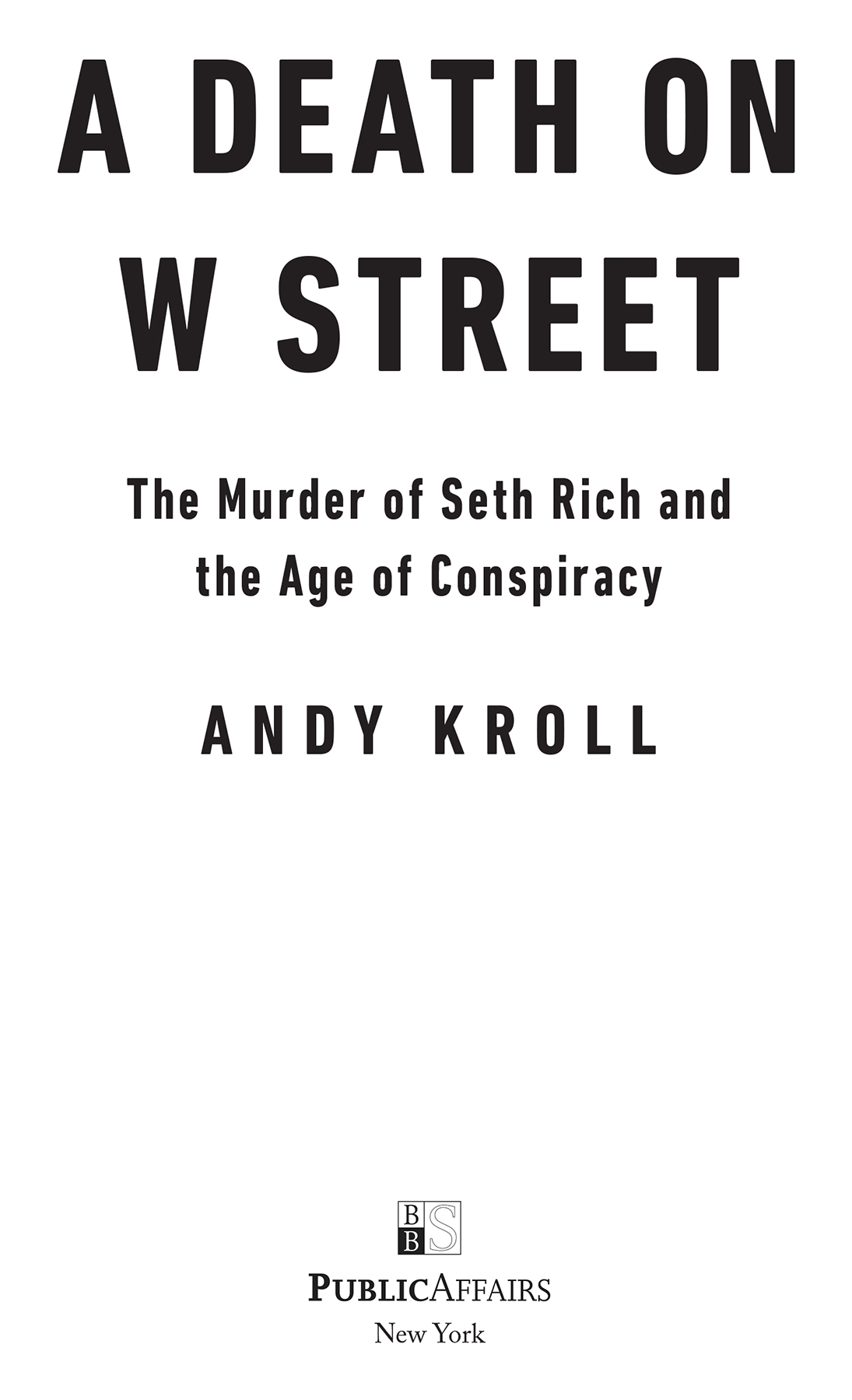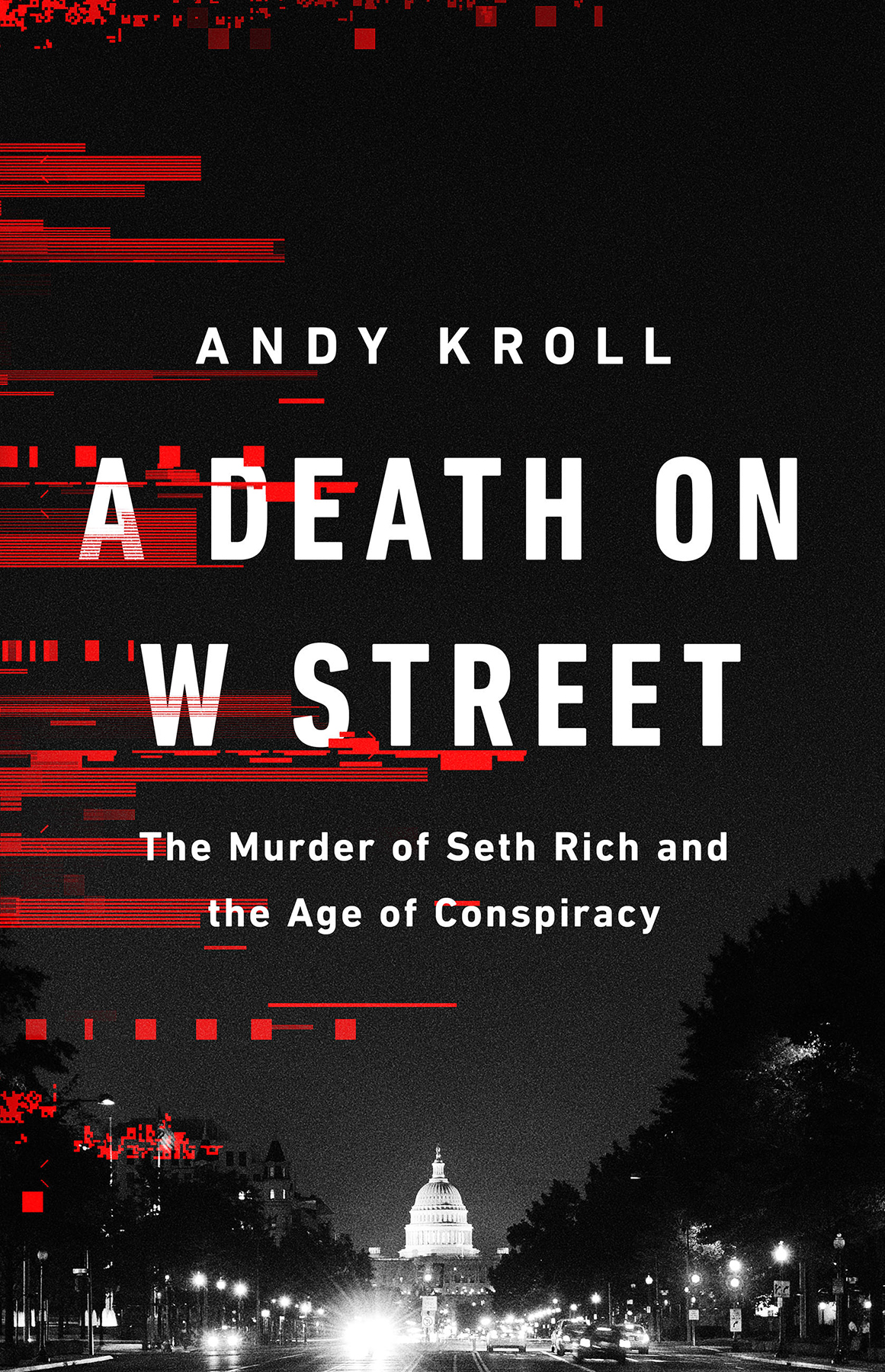
Copyright 2022 by Andy Kroll
Cover design by Pete Garceau
Cover photos and illustrations iStock/Getty Images
Cover copyright 2022 by Hachette Book Group, Inc.
Hachette Book Group supports the right to free expression and the value of copyright. The purpose of copyright is to encourage writers and artists to produce the creative works that enrich our culture.
The scanning, uploading, and distribution of this book without permission is a theft of the authors intellectual property. If you would like permission to use material from the book (other than for review purposes), please contact permissions@hbgusa.com. Thank you for your support of the authors rights.
PublicAffairs
Hachette Book Group
1290 Avenue of the Americas, New York, NY 10104
www.publicaffairsbooks.com
@Public_Affairs
First Edition: September 2022
Published by PublicAffairs, an imprint of Perseus Books, LLC, a subsidiary of Hachette Book Group, Inc. The PublicAffairs name and logo is a trademark of the Hachette Book Group.
The Hachette Speakers Bureau provides a wide range of authors for speaking events. To find out more, go to www.hachettespeakersbureau.com or call (866) 376-6591.
The publisher is not responsible for websites (or their content) that are not owned by the publisher.
Library of Congress Cataloging-in-Publication Data has been applied for.
ISBNs: 9781541751149 (hardcover), 9781541751156 (ebook)
E3-20220706-JV-NF-ORI
For SES
Good name in man and woman, dear my lord,
Is the immediate jewel of their souls:
Who steals my purse steals trash; tis something, nothing;
Twas mine, tis his, and has been slave to thousands:
But he that filches from me my good name
Robs me of that which not enriches him
And makes me poor indeed.
William Shakespeare, Othello
Californias sun-beaten Central Valley stretched out ahead of me as I drove south on Highway 99, trying to reach Los Angeles before sundown. The horizon line dissolved into a distant pool of glass as the temperature nosed past ninety degrees. I was traveling for a story and had spent the day interviewing people. I was replaying those conversations in my head when my phone chirped with a message. A friend had sent me a link to a news story.
Holy shit, my friend wrote.
Keeping one eye on the road, I clicked the link. A twenty-seven-year-old man who worked for the Democratic National Committee was shot and killed as he walked home early Sunday, the article began. The victims name was Seth Conrad Rich.
I read the words again, then a third time, then a fourth. I tossed my phone onto the passengers seat and stared blankly at the road ahead, processing what Id just learned.
I was stunned. I knew Seth Rich. Not well, we werent close, but we had friends in common. We both lived in Washington, DC, and had crossed paths at parties and different bars around town. I had filled in on his weekend soccer team when they needed extra bodies.
For days afterward I read everything I could find about Seth and his murder. It turned out wed had more in common than Id known. We both grew up in the Midwest and remained fierce partisans for our home states, Nebraska for him, Michigan for me. Wed both moved to Washington after college with dreams of leaving our mark on the world, him in politics, me in journalism. When I read that hed been shot walking home from a bar and heard the police describe the crime as an attempted armed robbery, a tragic case of wrong time, wrong place, I remembered all the times Id wandered home late at night on those same streets. I thought to myself, That couldve been me .
I kept up with the coverage for a few weeks, reading about Seths funeral in Omaha and the memorial organized by some friends at his favorite bar in Washington, the one hed gone to on the night he was killed. Soon enough, though, the story would recede from view. As a journalist, I knew how the news business worked. The presidential race between Hillary Clinton and Donald Trump consumed so much of the publics attention, mine included, that there was little oxygen for anything else. The media would move on to the next outrage or tragedy. Seths name would fade from the headlines and social media.
And that, I figured, was a good thing. Seths family would have the peace and privacy to grieve. The police would carry out their investigation and hopefully arrest the killer. Friends and family would gather on the one-year anniversary to remember him. Life, in other words, would go on. We would all do what we were taught as children: let the dead rest in peace.
But that isnt what happened. The story of Seth Richs life and death didnt go away. Instead, it mutated into something else entirely. Hashtags. Memes. Conspiracy theories that spread around the world. In the hands of a small band of opportunists and operatives, the conspiracy theories about Seth would become political weapons. In the minds of many more people, these theories would become an article of faith and modern folklore. They would help elect a president and birth a new online religion. They would reach as far as the CIA headquarters and the halls of the White House. They would pit his unassuming parents against the worlds most powerful news network in a legal battle with implications for truth, fact, and decency. They would reveal the flaws and breakdowns in American society unlike any story that had come before it.

The book you are now reading began with a simple question, a product of basic human curiosity more than any journalistic instinct: How did this young mans death grow into something so huge and hideous? Almost five years ago, I set out to answer that question. Put another way, I was trying to understand how a normal guy not so different from me became the obsession of millions, his name and face strewn across the internet, his life story exploited and contorted until it was unrecognizable to those who knew him, his family forced to put aside their grief and wage a battle first in the court of public opinion and then in the court of law to clear his name and defend his memory.
What Ive come to believe is that Seths story is a skeleton key to the past half-decade in America, unlocking so much about how this country ended up at this strange point in our history. Where a large percentage of society believes conspiracy theories like those about Seth Rich. Where millions of people believe that a secret cabal of pedophile elites runs the world, or that the last presidential election was stolen, or that the deadly coronavirus pandemic was a bioweapon unleashed by one of our foreign adversaries. A time when it feels like truth is whatever the loudest and most extreme voices say it is, not where the evidence leads, what the data show, or what the facts reveal. A moment when people can say whatever they want about anyone else, dead or alive, famous or obscure, and in the wrong hands, that information can take on a life of its own.
Think of this book as a true-crime story for the post-truth era. Its the story of a crime, an unsolved murder, but also the second crime that was a consequence of the firsthow the failure to find those who committed that crime opened a void into which the gullible, the dangerous, and the deluded poured their misbegotten ideas and political ambitions and so created a maelstrom of deception that undermined every important institution in the country.


